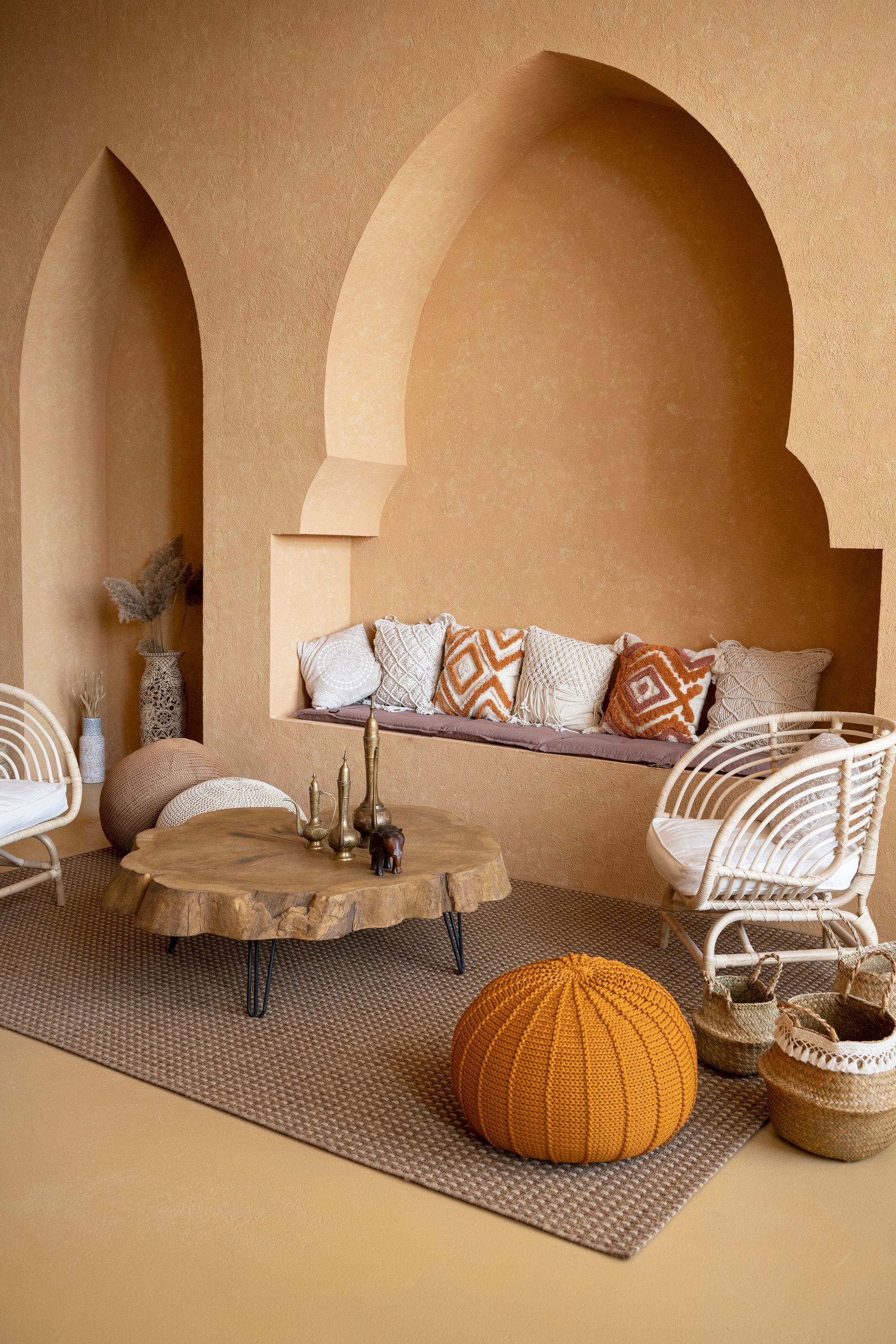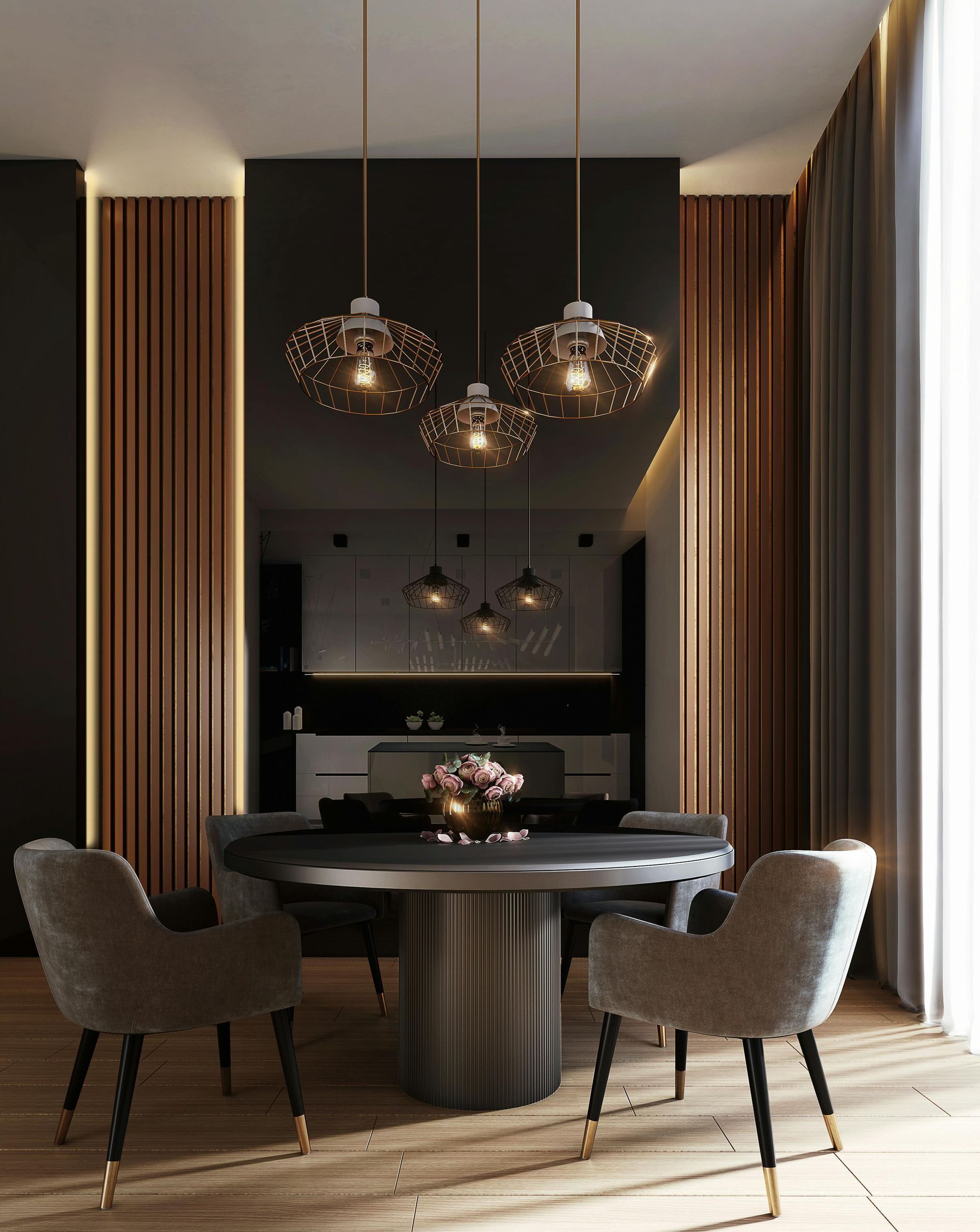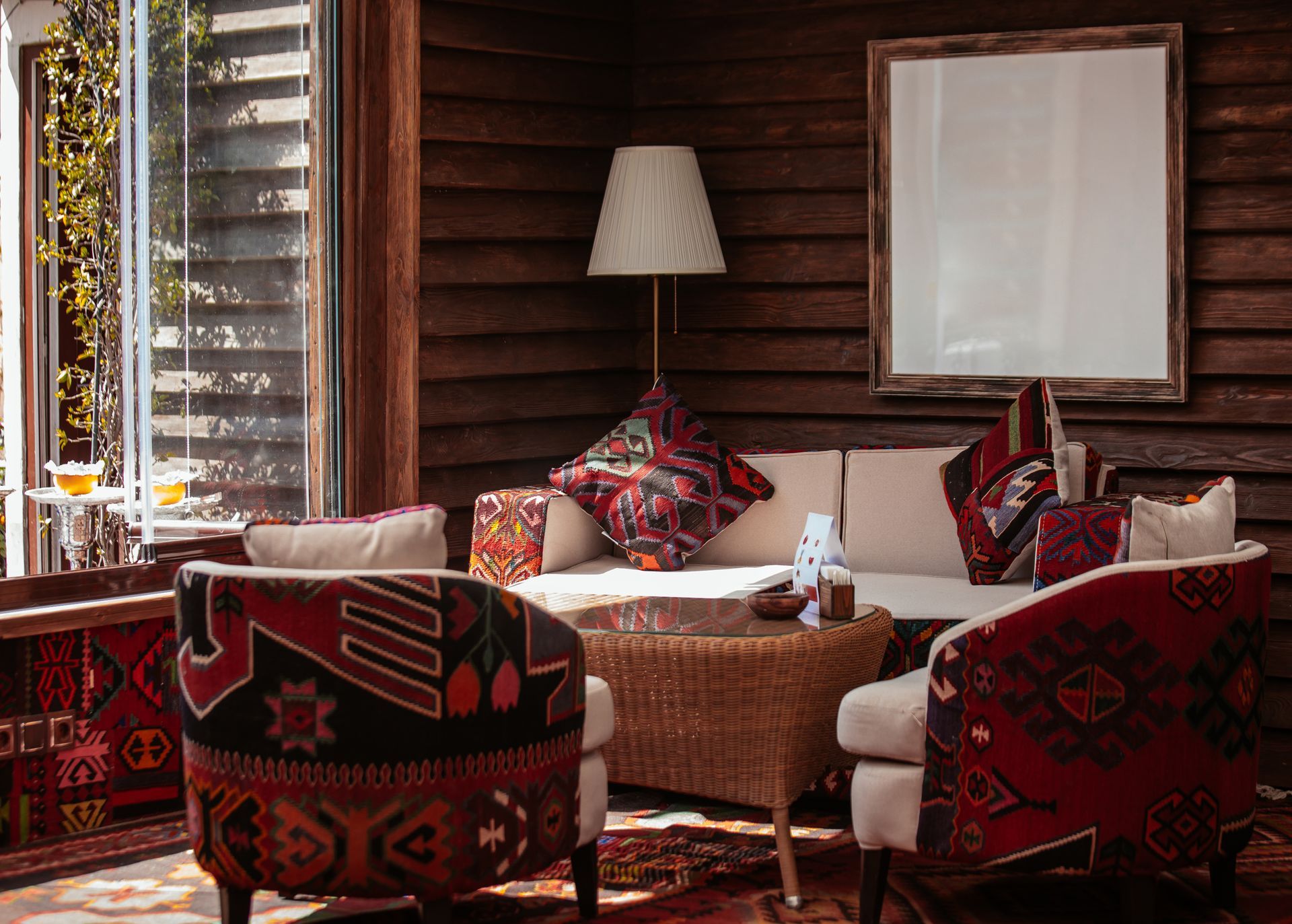Finding Your "Style"
April 28, 2025
Exploring the Modern Interior Design Concept
When you think of the word "modern design" what pops into your mind? Do you think of minimalistic décor, bold contrasts, or earthy tones? What you are envisioning is neither right nor wrong, as there are a multitude of styles of modern interior design. This is our specialty at Hillsboro Modern Design and what we strive to create. Many homeowners have a slight creative vision of what they want their house to look like. Each style of modern design is unique and beautiful in their own aspects and we want you to have the ideal home. In this post, we will uncover a variety of styles and what elements compose that style.
1) Mid-Century Modern
The Mid-Century Modern design was created in the 1940s and exemplifies style mixed with functionality. Key features of this design style include a minimalist silhouette with clean lines with an earthy color palette. One would see a lot of olive or terracotta tones with an open layout, comfortable for a functional living area. Amazing décor for this concept would be leather or brass textiles, wood paneling, or geometric art. This style would be perfect for one that loves functionality, with a stylish concept.
2) Modern Cottage
Modern Cottage designs are rapidly gaining in popularity presently, due to their cozy and intimate nature. This style incorporates Scandinavian and Bohemian elements with color hues of whites, soft-greys and pale pastels. These colors give off a clean, yet comfortable space where one could feel at ease. The materials for this style of interior design would be more natural than others, using mainly stone, linen, and wood. A vintage approach makes these styles of homes feel lively with décor such as soft rugs and furniture, botanical touches and rustic lighting features. Any individual that values an intimate, and warm home would love this style.
3) Spanish Modern
Spanish Modern design is a very beautiful and welcoming style that blends the warmth of Spanish elements with contemporary ones. Highlighting warmth is crucial to this style with deep reds, terracotta, and brown tones. There is a reflection of vibrant culture and beautiful craftsmanship that makes one feel surrounded by a sense of relief that they could call this place home. The flooring in these homes are typically lined with ceramic tile or stone which co-align with an indoor-outdoor connection. Décor that compliment the style would be rustic elements (ceramic vessels) with bold artwork and textural pottery. This style is one of our all time favorite designs, in which creating these extravagant homes bring an untouchable pride (pictures of our work below).
4) Japandi
Scandinavian elements blends with Japanese aesthetics that create the style of Japandi. Japandi modern design welcomes a calm, simplistic nature that allows for you to feel you are at a haven. Materials often seen in these types of homes include bamboo, wood, and linen with a color palette of warm neutrals and pale woods. Japanese minimalism meets Scandinavian coziness with organic textiles and clean-line touches which also is one of the most sustainable and eco-friendly styles. Homeowners that would love this style would be families that require tranquility and neatness.
5) Bohemian Modern
Eccentricity blended with eclectic ideals define this style. There is a sense of freedom in designing these types of homes. Influences from a multitude of styles and designs all come along together to create these homes. Colors such as olive green, pink, neutral pastels, etc. can be seen in these houses with materials of wood, stone, linen, and leather. Mixing and matching is the name of the game and one that invites culture and individuality would be perfect in these types of homes. The creative processes that take place when designing this style of homes is truly an art, as anything goes. Do not think that this style of home is cluttered, as this art of imperfection allows for a curated natural flow of elements which aids in having a purpose and gratitude for everything.
6) Industrial Modern
Many homeowners
crave a sense of rawness and natural beauty in their home, which leads to Industrial Modern design. Industrial Modern designs expose a sense of realness with scenes of metal fixtures, brick designs, concrete flooring, etc. Color hues show shades of black including charcoal, colors of grey and rust, etc. This style is inspired by the aesthetics of urban warehouse lofts and homeowners that want the "lived-in" aesthetic. Styles such as Industrial Modern display a beauty in reality and history. Décor that would add to this appeal would be very minimalistic to keep the natural view, but metal brackets and clothing racks would appeal, along with Edison bulbs.
7) Modern Coastal
Modern Coastal designs blend the relaxed and breezy concepts of the traditional coastal style with clean, simplistic modern designs. Heavy emphasis on natural light and a color palette that matches the sea and shore. Soft whites with ocean blues align to create a perspective of an indoor-outdoor feel. To create this style, different materials would be utilized including sliding glass, wicker and rattan, to create textiles and furniture that is not rigid, but modern. If you love to see a horde of natural light that makes you feel at ease like the wind, this style might fit you best. Our most exciting design concept for this style would be designing the bathroom to imitate rainfall showers and sea-inspired tones, with moss botany that will thrive in humidity and will give a fresh, unique appeal (This is our little design secret between me and you).
We sincerely hope we have expanded your mind in the different "modern" styles of interior design. There is no one style that encompasses the entirety of this concept. Whether you are looking for a cozy, intimate feeling at home, or an extreme flashy space that is functional, there is nothing we at Hillsboro Modern Design will not do to get you that feeling. When deciding on the style you want your home to be, consider the implementations of:
- The warmth, color, texture of the designs
- How functional your environment will be
- Conceptual designs and natural lighting
- The feelings emerged from each element
- How anything can be mixed and matched
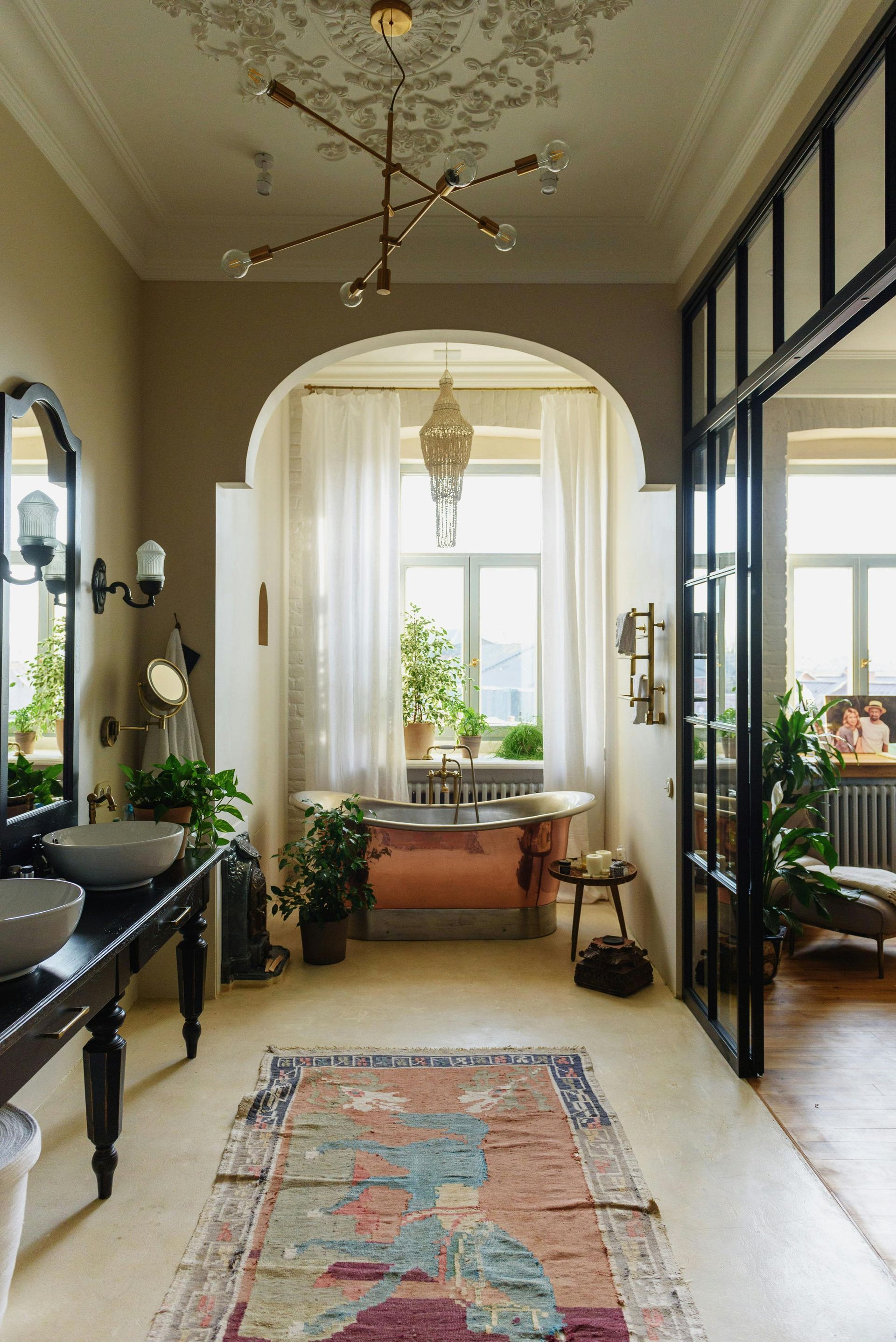
Your home is a sacred, intimate place where you should feel at ease and comfortable. Having a beautiful home does not have to come from extravagant materials or décor. Also, in a world that is evolving and becoming more interested in sustainability and eco-friendly, there are many ways you could make your home a healthier space . This is where sustainable interior design takes place. Sustainable interior design defines as an approach to reduce negative environmental impacts while creating a charming, inviting interior space. Here we will give you tips on how easy it is to create a healthy, modern, eco-friendly home: 1) When designing a house, we always pursue eco-friendly materials for flooring or paint. The ground where you lay your feet should give a warmth and certain feel. There are materials the Hillsboro Modern Design team have contacts with that provide oxid e flooring, FSC-certified wood, bamboo flooring, etc. These materials are sought after due to their biodegradability, and appeal. Oxide flooring also improves with age and gives a revealing modern look. When painting a home as well, many interior designers go after high VOC content paint, which is cheaper, yet is horrible for the environment and your health. VOC, or volatile organic chemicals, are photochemically reactive which are strong smelling and create smog, and is regulated by various agencies. Low-VOC paints, however are hard to smell and are very durable to make your home pop, with our choice of paintjob. 2) One major cost of homeowners i s utilities, i.e. power-usage and water costs. From the invention of light coming from a bulb, there are now LED's, incandescent bulbs, florescent bulbs, etc. Modern LED technology uses a fraction of energy (studies say 80% less) from its predecessors with major control of intensity and color temperature. LED's also give modern homes a variety of options from color, intensity, and an appeal most homes do not have. Its a modern time, so let's put this technology to use! 3) Interior décor such as plants and textiles give homeowners an appeal of care and love for their home. It may seem cliché, but plants add a huge appeal at a fraction of cost. Plants absorb CO2 and increase oxygen flow in your home which would allow for more airflow. One could even go extravagant with these plants, adding humid-friendly plants in bathrooms is a best-kept secret. In bathrooms, adding moss or other plants create a biolithic appeal. Other déc or such as bamboo baskets, hemp or cotton rugs and textiles can create a unique style that allows for individuality. Abstract art or homemade ceramics is the most fascinating décor that show creativity while being eco-friendly. Décor like this brings a sense of familiarity and warmth that is also a mix between modernity and eco-friendly ideals. 4) Designs of natural light in your homes can create a complex, modern look, while saving up on energy costs. Have you ever heard of a cross-ventilation design? A cross-ventilation design is a design that allows for natural airflow to come through windows, doors, or vents placed on opposing or adjacent walls and allows sunlight in as well. We are giving you the best kept secrets for free, so call us and make your creative interior dreams come true with us! Another best kept secret is natural stones. This may seem farfetched, but natural stones like marble or quartz are raw, non-toxic material that is naturally biodegradable. Stones retain and slowly releases heat which can reduce energy usage. Very interesting fact that we actually learned from designing a Bohemian style house is that when these stones are in light, they glow and shine beautifully, which can light up a room. In a time where the world is constantly moving forward, these eco-friendly adjustments and designs can really benefit the environment. There is a number of décor and layout options that can utilize natural energy while providing an exquisite view. Though, as we can not give up all our secrets, these ideas could allow anyone to improve a comfy, eco-friendly home. We are pleased helping anyone live in a healthier space, which they could call their dream home.
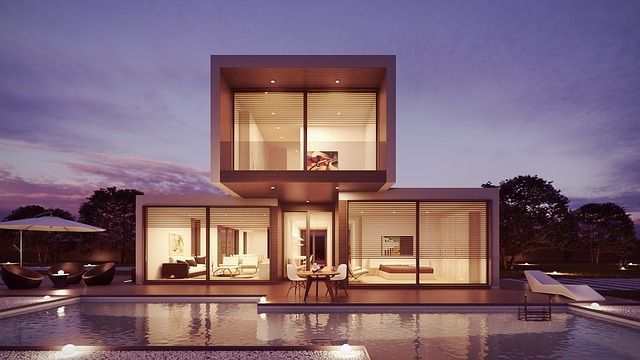
Have you ever walked by or into a house that really felt like "home"? Well maybe not since you came to us. A home is supposed to be a place where beauty meets comfortability. It is not sunshine and rainbows to design a whole household; it is not just which paint would go best with your furniture. What does the process entail then? The process of captivating your heart into a lifelong home, we try to ultimately design a house in 6 major steps. 1) Consultation and a Client's Vision The first and most crucial step is the consultation and visit. We strive on transparency and try our hardest to understand your clear wants and needs; your negotiables and non-negotiables. During this stage we will typically try to pick your brain about certain things such as: Functional needs/wants: Whether you are going to be needing an office, dream kitchen, built in storage, open space areas, etc. Style Preference: Whether you would like modern designs (Our specialty and favorite), minimalist, or bohemian, we have you covered. Budget: We work with all budgets. We do not need to touch the whole home, if you are looking to redo a kitchen, or bathroom, we have you covered. Lifestyle accommodations: Are you living with any pets, or any individual living needing an assisted living home? We will cover this all in your new home for a perfect living condition for all. 2) Concept Development Once we have a clear understanding of your wants and needs, we will begin our creative concept development. Ideas such as layout plans, storage space, styles of the home, etc. come into play. Each unique idea tickles a part of our brain which we plan to create your perfect home. Each concept we use for any client is completely unique. This stage is where we tackle all our abstract ideas and pick each apart to where they can come into play. 3) Material Selection Once the layout and spatial planning is complete, we continue to material planning; i.e. paint, tiling, textiles. We go through things such as: Flooring: Which would look best or feel the best for your unique house; hardwood floors, carpets, concrete? Textiles: Fabrics for cushions, furniture, curtains and upholstery Wall finishes: There are options such as paint, wood paneling, wallpaper Hardware and fixtures: Small details matter. Details such as faucets, light fixtures, etc. can all add to the main view of the home. 4) Construction and Implementation Whether or not this project involves construction or renovation, this step is crucial. We want to bring this project to life, and we work with key contractors to take these ideas to the next level. We collaborate with contractors to implement every drawing we had and see which ideas would be practical in your new home. We go through a multitude of layouts, then to 2D and 3D interior designs. Clear and accurate documentation is vital for a smooth process and if issues arise we would know exactly where the event occurred. Designs come to life as we talk with contractors, vendors, and craftsmen which we will oversee all. 5) Installation As construction occurs, a coordination of deliveries, site visits, and remodeling takes place. We do not aim to decorate or redecorate a home, but to transform a dream into reality. Concepts include cross-ventilation vents and windows, indoor-outdoor blur zones, biolithic implementation are being installed, which mold the style of the home. This is the point where we see if all the ideas we, as designers, theorized are not only functional, but efficient and helpful. Once we have a cohesive environment that makes anyone who steps into the home jealous, we know we are near completion. 6) Final Touches and Re-consult After the construction is nearly finalized, we and our designers go through the home and decide if this home is really for you. Furniture is placed, décor is placed in all the right places, and colors are bringing in the ambience of a home. After we decide we are happy with the result, we bring you in for another consult to tour the home and decide if this is what you want. There is no animosity if a homeowner is unsatisfied, as making a dream come true is all we hope to achieve. We always want to make the owner astonished and exceed expectations. The interior design process is not only a lengthy journey, but a collaborative journey as well. Communication is key and allowing yourself to trust an interior designer to help you make your home an actual safe, comforting space is precious. Interior design is not only a transformation, but an investment as well to your happiness, comfort and lifestyle. All designers are passionate to create something bigger than themselves, and you allow us to let our creative, complex, conceptual ideals take flight.

